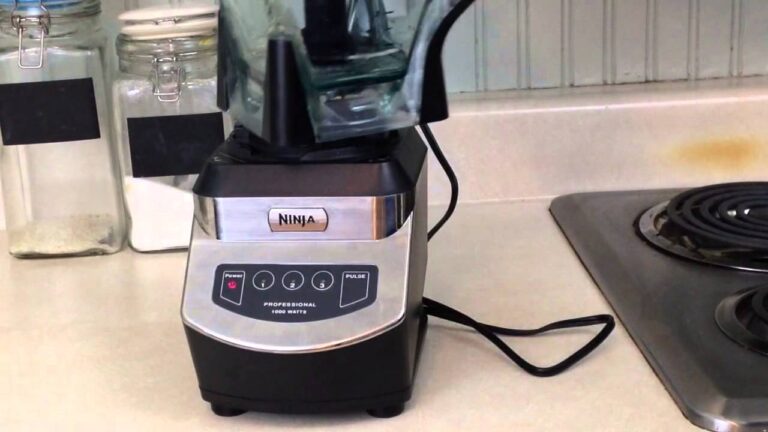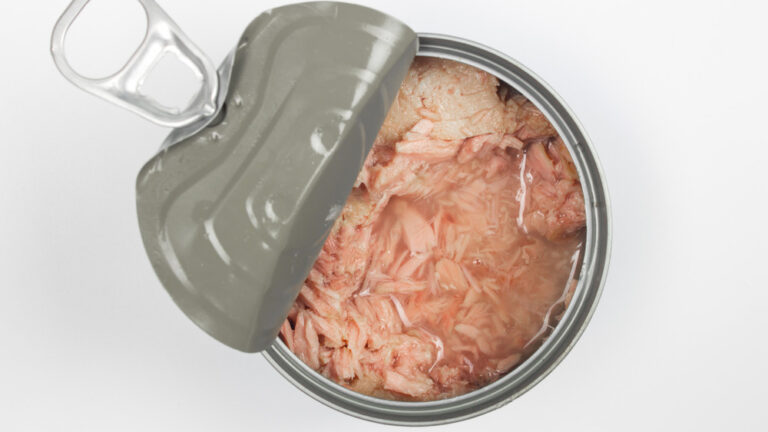How to Make a Container Airtight
To make a container airtight, you will need to seal the opening of the container with something that will not allow air to pass through. You can use a lid, a cork, or even a piece of tape. Make sure that the seal is tight so that no air can escape.
- Begin by screwing the lid onto the container until it is tight
- Next, take a piece of plastic wrap and stretch it over the top of the lid
- Once the plastic wrap is in place, press down around the circumference of the lid to ensure that there are no gaps between the plastic and the lid
- Finally, take a rubber band and stretch it over the top of the plastic wrap to secure it in place
How to Make a Plastic Lid Airtight
When you’re working with plastic food storage containers, one of the most annoying things can be dealing with a lid that doesn’t fit snugly. If your container doesn’t have an airtight seal, it can cause all sorts of problems, from spills to premature spoilage. But don’t worry – there are a few simple tricks you can use to make sure your plastic lid fits tightly every time.
The first step is to clean the rim of the container. Any dirt or debris on the edge of the container will prevent the lid from forming a tight seal. Once the rim is clean, dry it off completely – any moisture will also interfere with the sealing process.
Next, take a close look at the lid itself. If there are any raised edges or ridges, they need to be smoothed down so that they don’t catch on the rim of the container. Once the lid is smooth, place it on top of the container and press down firmly around the entire circumference.
If you still can’t get a tight seal, try this: Place a piece of wax paper or plastic wrap over the opening of the container, and then screw on the lid. The added layer will help create a tighter barrier between lid and container.
Another option is to put a rubber band aroundthe outside ofthe liddedcontainer; this works especially well for square or rectangular containers .
whichever method you choose , making sure your plastic containers have airtight seals will help keep your food fresh and prevent messy accidents .
How to Make Glass Container Airtight
If you’re looking for a way to keep your glass containers airtight, there are a few things you can do. First, make sure the container is clean and dry before sealing it. Then, choose one of the following options:
Option 1: Use a rubber gasket. This is a small ring that fits around the rim of the lid and provides a seal. Option 2: Use silicone caulk.
Apply a thin layer around the edge of the lid and allow it to cure for 24 hours before using the container. Option 3: Use beeswax. Melt a small amount of beeswax and apply it to the rim of the lid.
Allow it to cool and harden before using the container.
These are just a few ways to make your glass containers airtight. Try out different methods and see what works best for you!
How to Make a Metal Container Airtight
Are you looking for an airtight metal container? Whether you need one for storage or transportation, there are a few different ways to make a metal container airtight.
One way to make a metal container airtight is to weld it shut.
This will create a permanent seal that will keep out moisture and other elements. However, welding can be expensive and may not be an option if you don’t have access to welding equipment.
Another way to make a metal container airtight is to use silicone sealant.
This is a less permanent solution, but it will still create a good seal that will keep out moisture and other elements. Simply apply the silicone sealant around the edge of the lid and screw on the lid tightly.
A third option is to use an airtight gasket.
These are made from rubber or another material and fit between the lid and the body of the container. They provide a tight seal that will keep out moisture and other elements. Air Tight Gaskets are available in various sizes to fit most containers.
How to Create an Airtight Seal
There are many ways to create an airtight seal. The most common way is to use a caulk gun and apply caulk around the perimeter of the area where you want the seal. You can also use weatherstripping or door sweeps to create an airtight seal.
How to Make a Ceramic Jar Airtight
Making a ceramic jar airtight is a simple process that can be done at home with just a few supplies. First, you will need to gather your supplies including a ceramic jar, silicone sealant, and a utility knife. Next, clean the surface of the jar with rubbing alcohol to remove any dirt or debris.
Then, use the utility knife to cut a small bead of silicone sealant around the circumference of the jar lid. Be sure to smooth out any bubbles or gaps in the sealant. Finally, allow the sealant to dry for 24 hours before screwing on the lid tightly.
Your airtight ceramic jar is now ready for use!

Credit: www.youtube.com
How Do You Make an Airtight Storage Container?
When it comes to airtight storage, there are a few things you need to take into consideration. First, you need to make sure that the container you’re using is actually airtight. This means that it should have a tight-fitting lid that won’t allow any air to escape.
You can test this by putting a piece of paper inside the container and seeing if it stays in place when you close the lid. If it doesn’t, then your container isn’t airtight and you’ll need to find another one.
Once you’ve found an airtight container, you’ll need to fill it with whatever items you’re wanting to store.
Make sure that these items are dry before placing them in the container, as moisture can cause mold and mildew to grow. Once everything is inside, seal the lid tightly so that no air can get in or out.
If done correctly, your items should now be safe from moisture and pests!
How Do I Know If My Container is Airtight?
If you’re wondering whether your container is airtight, there are a few ways to test it. One way is to fill the container with water and see if any leaks out. Another way is to put a piece of paper or a cotton ball inside the container and close it tightly – then try to pull the paper out.
If it comes out easily, then your container is not airtight.
What Can I Use Instead of an Airtight Container?
When it comes to food storage, the best option is always an airtight container. However, there are times when you may not have one on hand or you may need a different type of container for a specific food item. Here are some substitutes for airtight containers:
1. Glass jars with screw-on lids: These are great for storing pantry staples like flour, sugar, and spices. Just make sure the lid is screwed on tightly so that no air can get in.
2. Ziploc bags: These work well for smaller items like nuts and seeds.
Squeeze all the air out before sealing the bag to ensure freshness.
3. Plastic wrap: This is a good option for wrapping up cheese or other perishable items. Be sure to tightly seal all edges so that no air can get in.
4. Aluminum foil: This can be used in much the same way as plastic wrap. Again, make sure to tightly seal all edges to keep air out.
5. Tupperware or other similar plastic storage containers: These are great for storing leftovers or bringing food with you on the go.
Do Airtight Containers Keep Moisture Out?
Airtight containers are great for keeping moisture out. By their very nature, they are designed to seal in contents and keep air and moisture from entering. This makes them ideal for storing dry goods like flour, sugar, cereals, and grains, as well as wet goods like soups, stews, and sauces.
Airtight containers can also be used to store perishable items like fruits and vegetables.
How To Make Kitchen Container Air tight
Conclusion
If you need to store something for a long period of time and keep it airtight, you’ll need a container that is specifically designed for this purpose. There are many different types of airtight containers on the market, so finding the right one will depend on what you’re looking to store. Airtight containers come in all shapes and sizes, so there’s sure to be one that fits your needs.
When choosing an airtight container, make sure to pick one that is made from high-quality materials. The last thing you want is for your container to leak or break open, ruining whatever is inside. Once you’ve found the perfect container, seal it up tightly and store it in a cool, dry place.
With proper care, your airtight container will keep whatever is inside fresh and protected for years to come.







